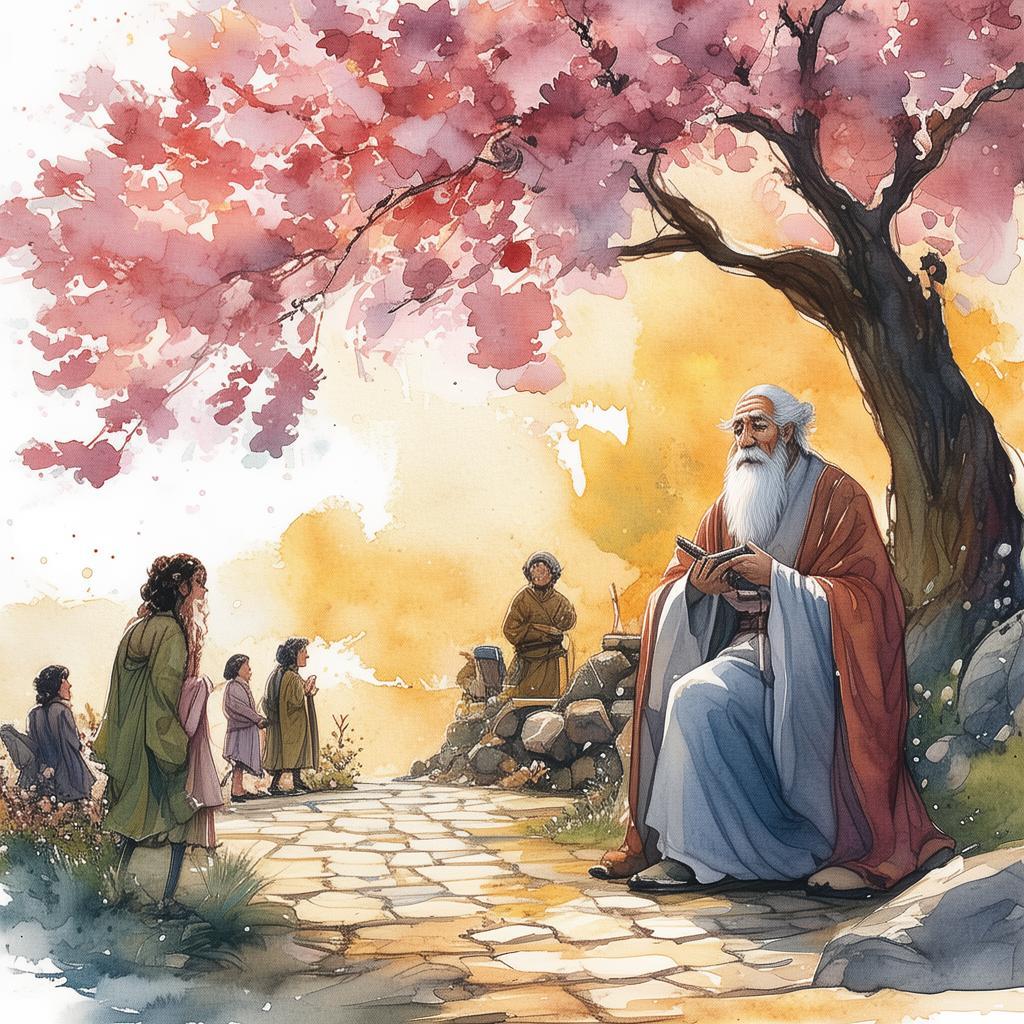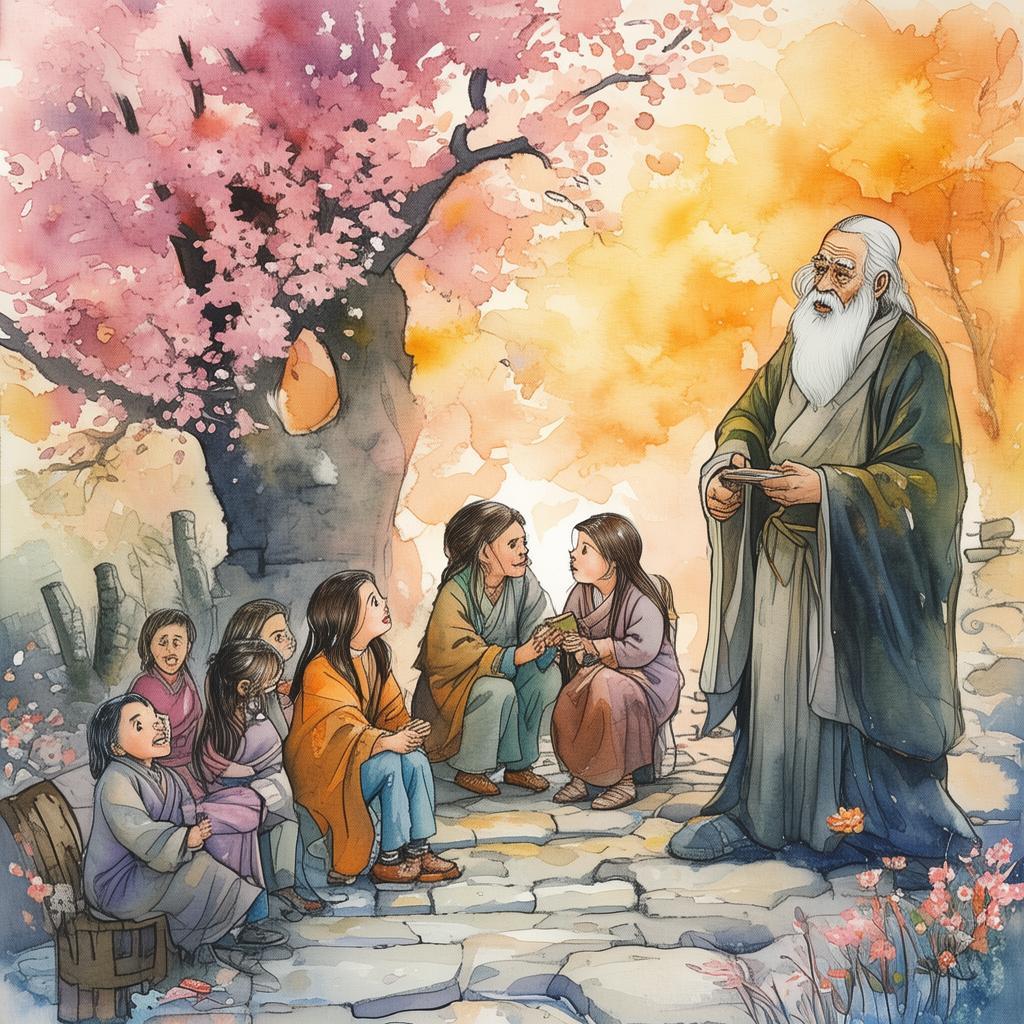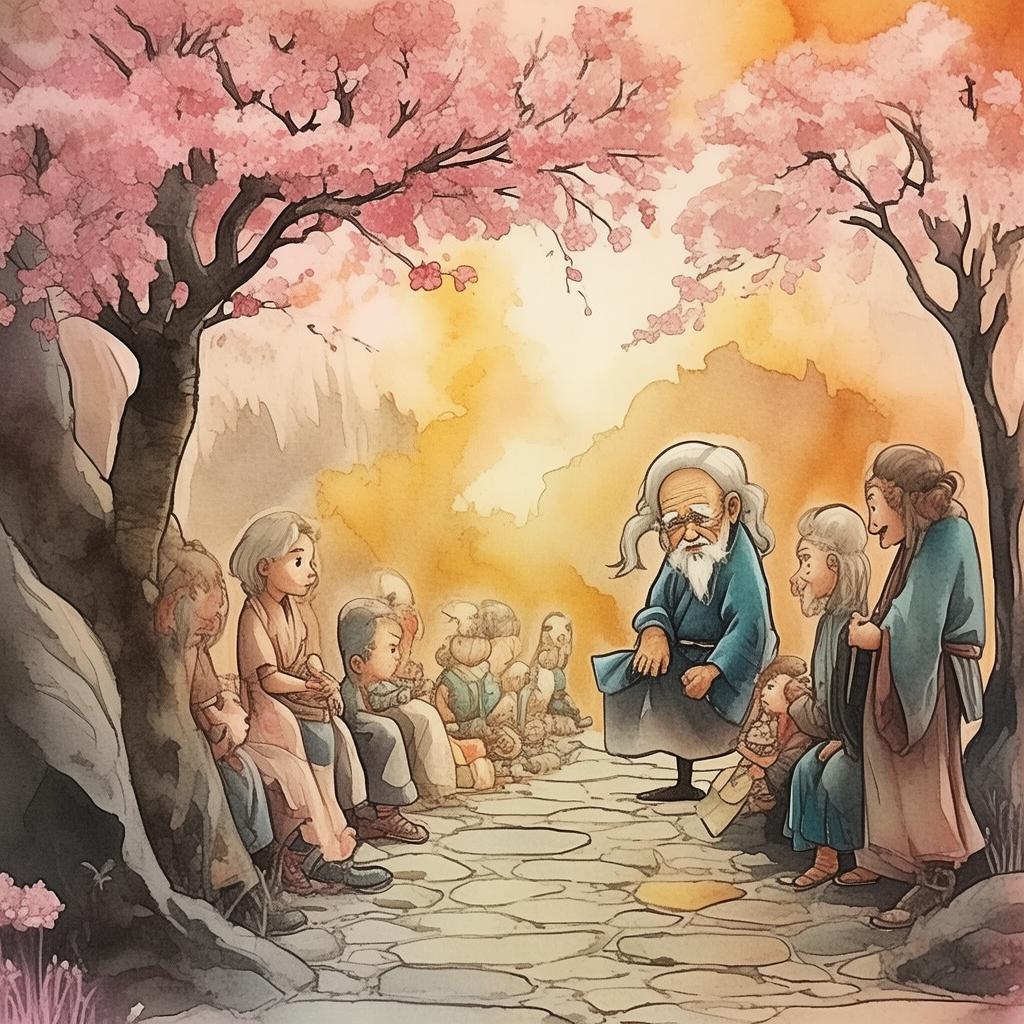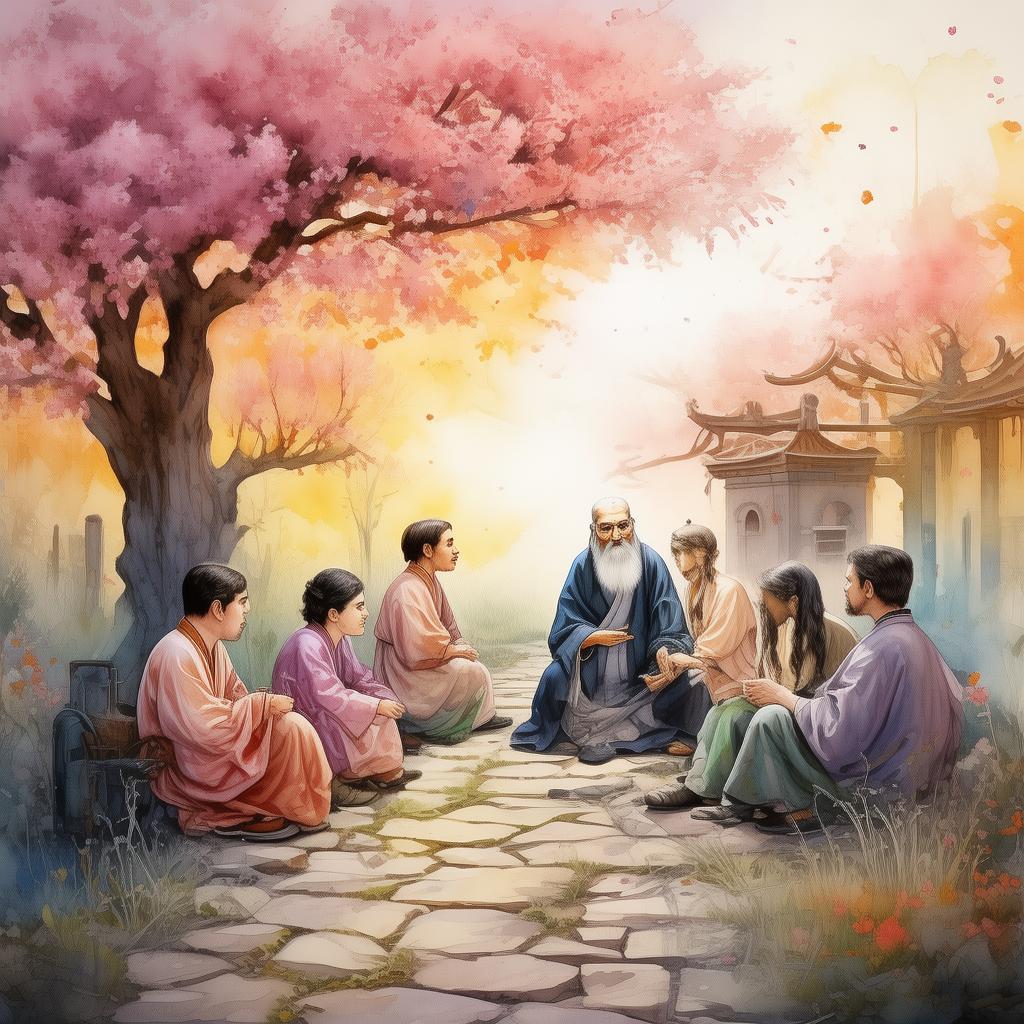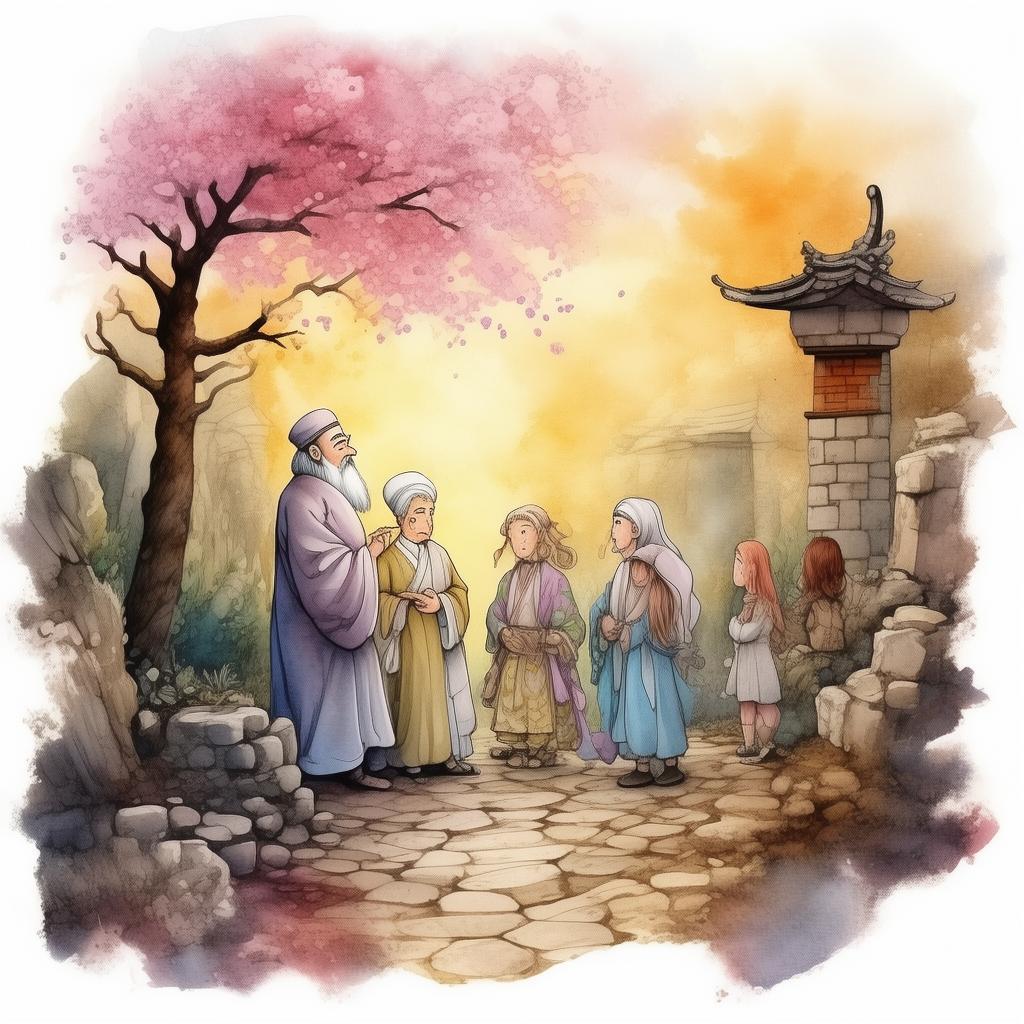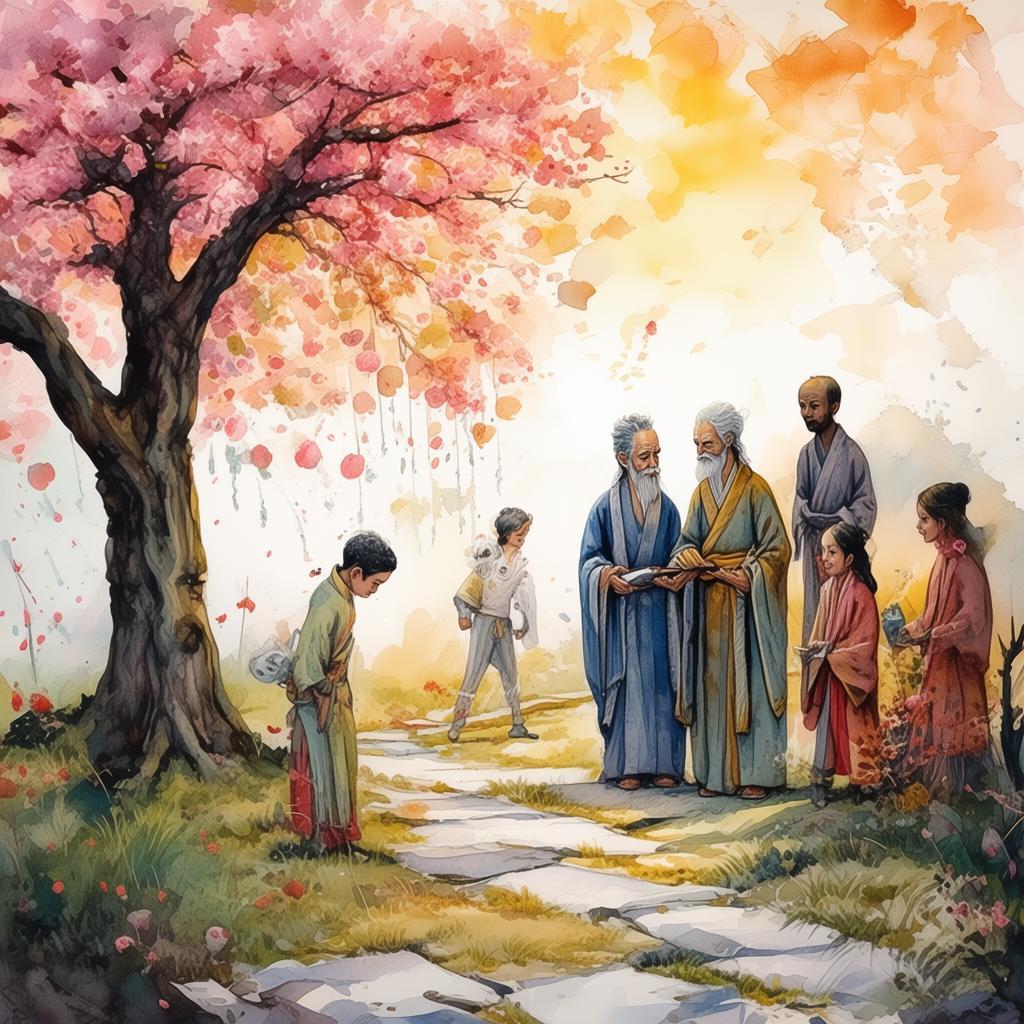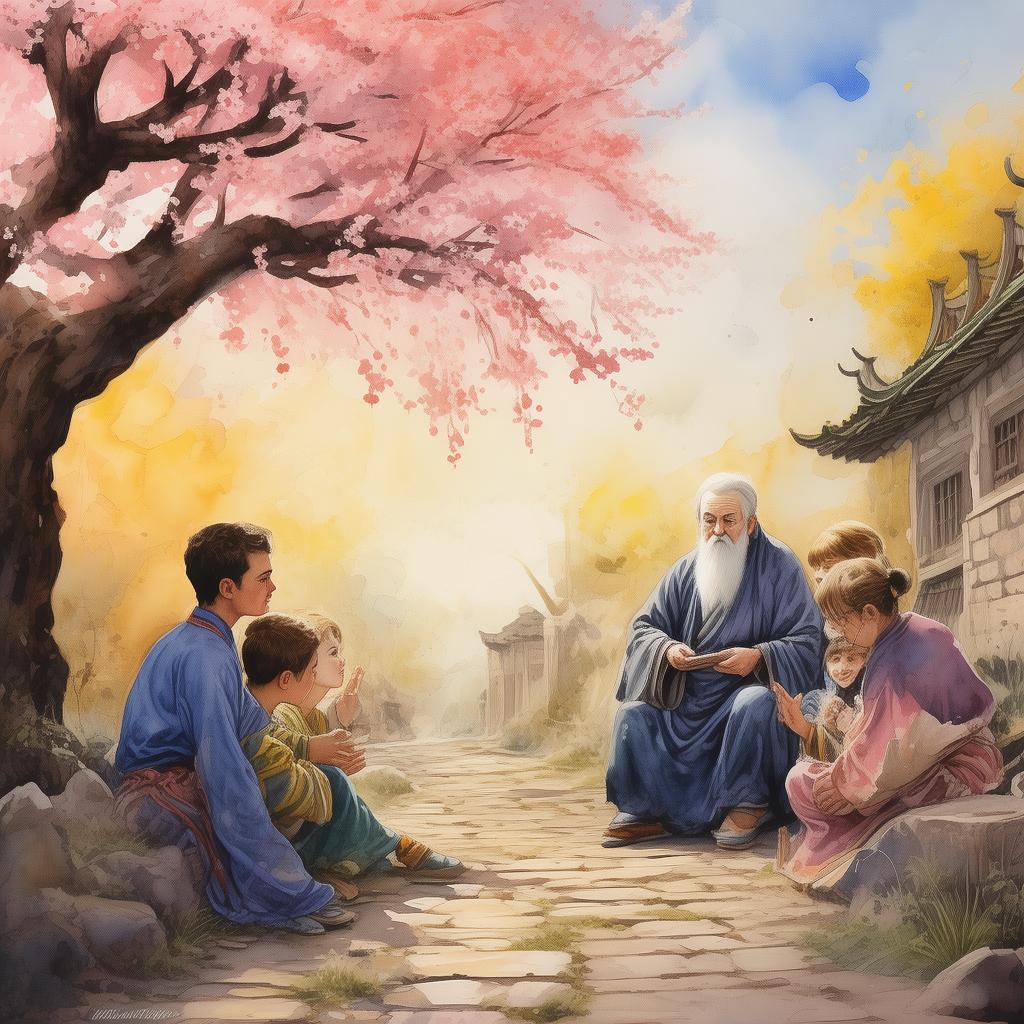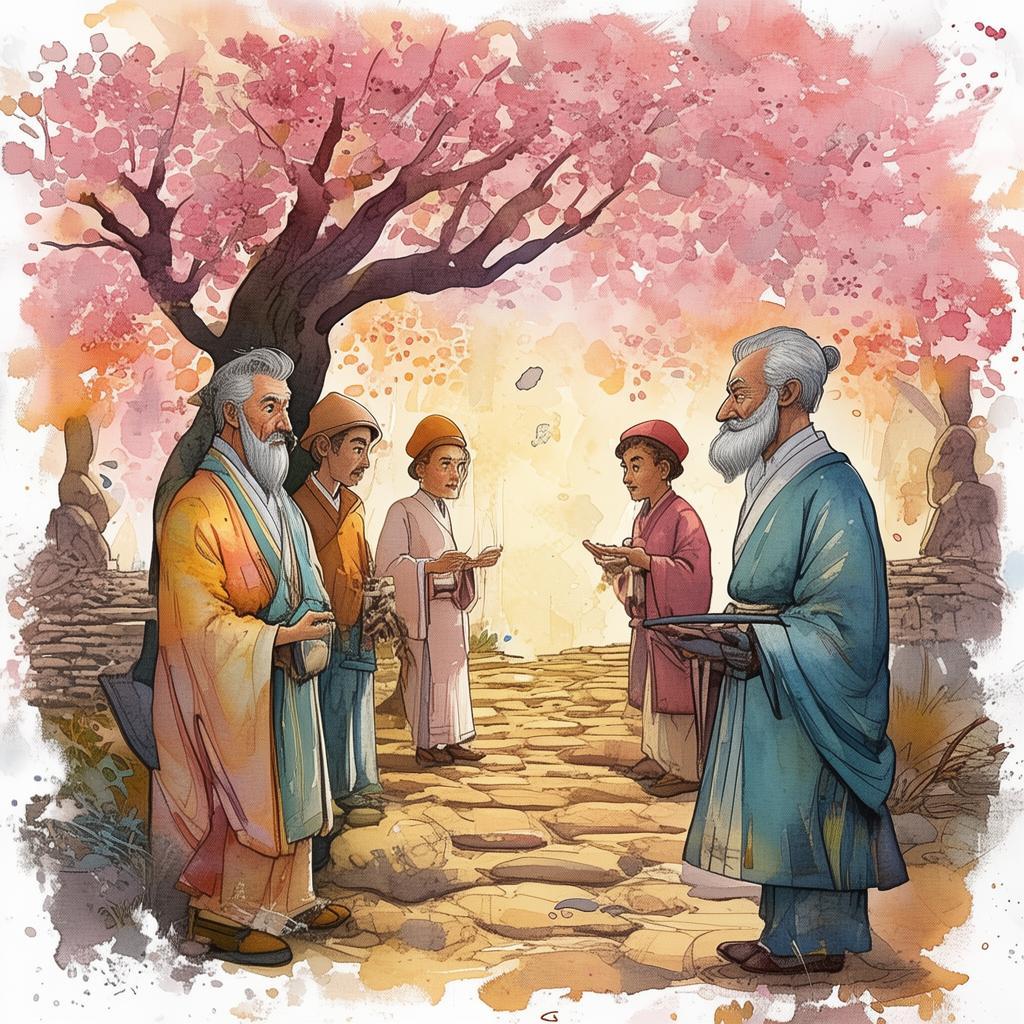The Young Visionary's Quantum Leap
In the bustling metropolis of Neo-Tokyo, where neon lights and towering skyscrapers kissed the night sky, there was a boy named Kaito. Kaito was no ordinary child; he was an eleven-year-old prodigy with a mind brimming with ideas that were years ahead of his time. His room was a collage of diagrams, scribbled notes, and a collection of futuristic gadgets that seemed to hum with potential. The walls were adorned with posters of famous scientists, a testament to his aspirations.
Kaito's parents were engineers themselves, and from a young age, he was exposed to the wonders of technology. His father, Dr. Kiyoshi, worked on quantum computing, while his mother, Dr. Aiko, was a biotech expert. Despite their busy schedules, they always made time to nurture Kaito's curiosity and creativity.
One evening, while Kaito was tinkering with an old prototype of his father's, he stumbled upon a hidden compartment. Inside, he found a small, sleek device that seemed to defy the laws of physics. The device was a quantum leap, a piece of technology that could harness the power of quantum entanglement to revolutionize the way people lived.
With excitement, Kaito began to experiment with the quantum leap. He spent hours in his room, testing its capabilities and dreaming of the possibilities it could bring. He soon realized that the device could not only process information at a rate that was impossible for traditional computers but could also transmit data across vast distances instantaneously.
Kaito's discovery quickly spread like wildfire. News of his invention reached the ears of powerful figures in the tech industry, and soon, Kaito found himself in the midst of a storm of media attention and offers from tech giants eager to acquire his creation. However, Kaito was determined to use his innovation for the greater good, not for personal gain.
He approached the government with his proposal: to create a global network using the quantum leap, a network that could connect every person, every resource, and every piece of knowledge in the world. This network, he believed, could lead to a new era of peace, prosperity, and innovation.
The government, seeing the potential of Kaito's invention, decided to back his plan. They tasked him with leading a team of scientists and engineers to develop the network. Kaito's team worked tirelessly, facing countless challenges along the way. They had to overcome technical hurdles, political opposition, and even threats from rival nations who saw the network as a threat to their own power.

As the network began to take shape, Kaito's vision started to become a reality. People from all over the world could now communicate, share knowledge, and collaborate on projects that were once unimaginable. The network brought about a global community that was more connected than ever before.
But as the network grew, so did the challenges. Cybersecurity threats, misinformation, and even the possibility of misuse became serious concerns. Kaito, determined to protect his creation, worked tirelessly to ensure that the network remained secure and accessible to all.
One day, while reviewing the network's data, Kaito noticed an unusual pattern. It seemed that someone was trying to hack into the network, possibly for malicious purposes. He quickly convened his team and set out to find the source of the threat.
Through a series of intense investigations and close calls, Kaito's team managed to trace the hack to a rival nation that was plotting to use the network to control the world's information. With time running out, Kaito and his team had to act fast to prevent a global catastrophe.
In a dramatic showdown, Kaito used his quantum leap to launch a counter-hack that would render the rival nation's efforts useless. The network was saved, and peace was restored.
Kaito's story became a legend. His innovation not only brought people together but also inspired a new generation of scientists and engineers to dream big and strive for a better future. The world had witnessed the power of an eleven-year-old's vision and the transformative potential of futuristic technology.
In the end, Kaito realized that the true power of the quantum leap was not just in its ability to connect people, but in the ability to bring out the best in each individual. It was a testament to the fact that with the right tools and a vision for a better world, even the most unlikely heroes could make a difference.
The Young Visionary's Quantum Leap had become more than just a story; it was a beacon of hope in a world that was constantly changing.
✨ Original Statement ✨
All articles published on this website (including but not limited to text, images, videos, and other content) are original or authorized for reposting and are protected by relevant laws. Without the explicit written permission of this website, no individual or organization may copy, modify, repost, or use the content for commercial purposes.
If you need to quote or cooperate, please contact this site for authorization. We reserve the right to pursue legal responsibility for any unauthorized use.
Hereby declared.

